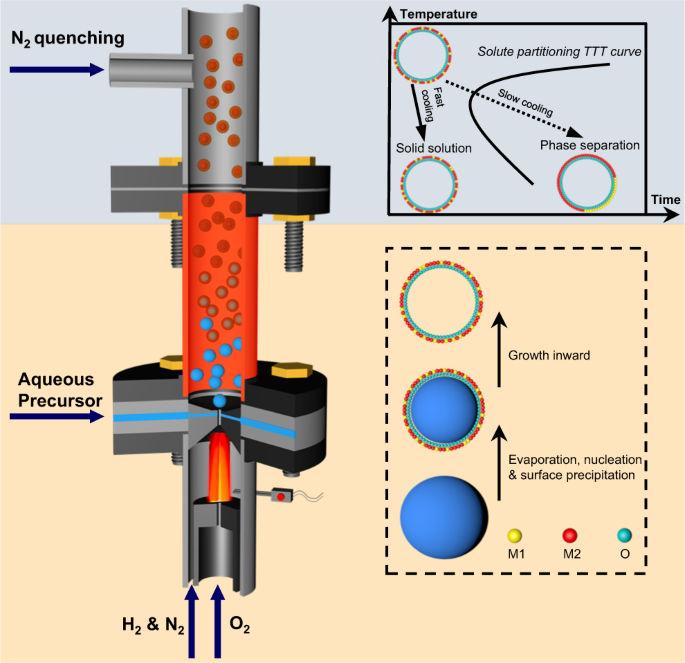2024-03-27 パシフィック・ノースウェスト国立研究所(PNNL)
<関連情報>
- https://www.pnnl.gov/publications/building-better-model-supersaturation-variability-may-affect-cloud-droplet
- https://agupubs.onlinelibrary.wiley.com/doi/10.1029/2022GL102635
過飽和度の乱流ゆらぎによる雲凝結核活性の向上 Enhancements in Cloud Condensation Nuclei Activity From Turbulent Fluctuations in Supersaturation
Jesse C. Anderson, Payton Beeler, Mikhail Ovchinnikov, Will Cantrell, Steven Krueger, Raymond A. Shaw, Fan Yang, Laura Fierce
Geophysical Research Letters Published: 02 September 2023
DOI:https://doi.org/10.1029/2022GL102635

Abstract
The effect of aerosols on the properties of clouds is a large source of uncertainty in predictions of weather and climate. These aerosol-cloud interactions depend critically on the ability of aerosol particles to form cloud droplets. A challenge in modeling aerosol-cloud interactions is the representation of interactions between turbulence and cloud microphysics. Turbulent mixing leads to small-scale fluctuations in water vapor and temperature that are unresolved in large-scale atmospheric models. To quantify the impact of turbulent fluctuations on cloud condensation nuclei (CCN) activation, we used a high-resolution Large Eddy Simulation of a convective cloud chamber to drive particle-based cloud microphysics simulations. We show small-scale fluctuations strongly impact CCN activity. Once activated, the relatively long timescales of evaporation compared to fluctuations causes droplets to persist in subsaturated regions, which further increases droplet concentrations.
Key Points
- Small-scale turbulence leads to variability in the supersaturation experienced by aerosol particles and cloud droplets within clouds
- Turbulent fluctuations increase cloud droplet formation at low supersaturation levels in comparison with uniform environmental conditions
- Atmospheric models that neglect supersaturation variability due to turbulence may underestimate the number concentration of cloud droplets
Plain Language Summary
Increases in cloud droplet number concentrations from human emissions of aerosol particles modify cloud properties, which strongly impacts Earth’s energy balance. Large Eddy Simulations and Earth System Models are used to quantify these aerosol-cloud interactions, but the spatial and temporal resolution of these models is too coarse to represent the impact of turbulence at the smallest scales. In this study, we show that small-scale turbulent fluctuations lead to cloud droplet formation even when air is, on average, subsaturated, which would be impossible in conventional models of cloud microphysics. Our findings suggest that models that neglect turbulent fluctuations in supersaturation will underestimate cloud condensation nuclei activity under specific supersaturation regimes, which will may lead to error in modeled cloud properties.



